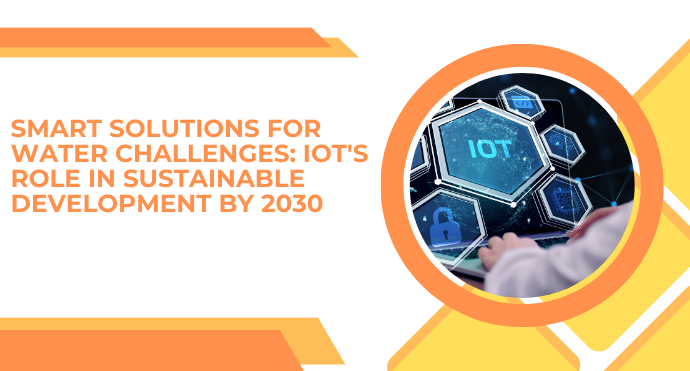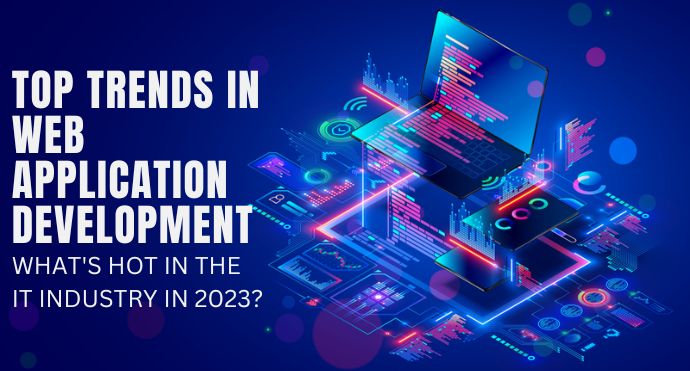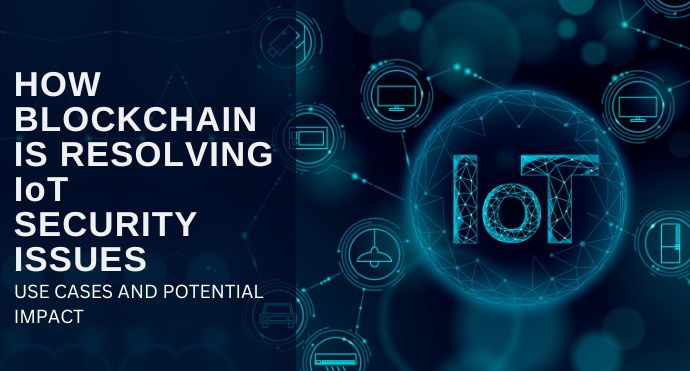The global water crisis is intensifying. By 2030, projections suggest that nearly two-thirds of the world’s population could be residing in water-scarce regions. This looming challenge is propelled by a confluence of factors: the relentless march of climate change, burgeoning population numbers, and escalating pollution levels. However, amidst these challenges, the Internet of Things (IoT) emerges as a beacon of hope, offering innovative solutions to address the multifaceted water issues.
The IoT Revolution in Water Management
IoT, with its network of interconnected devices and sensors, is revolutionizing water management. By collecting, transmitting, and analyzing data in real time, IoT provides actionable insights that can enhance water efficiency, minimize waste, and combat pollution. Here are some of the ways IoT is reshaping our approach to water:
IoT Water Meters: Traditional water meters are giving way to their smarter IoT counterparts. These advanced meters not only measure water consumption in real time but also detect anomalies like leaks. The immediate benefit is twofold: consumers receive accurate billing, and wastage due to undetected leaks is curtailed.
Water Quality Sensors: Ensuring water quality is paramount for public health. IoT sensors can continuously monitor water for pollutants, ensuring timely interventions to prevent waterborne diseases and maintain high water quality standards.
Smart Irrigation Systems: Agriculture is a significant consumer of freshwater. IoT-enabled irrigation systems can dynamically adjust water dispensation based on real-time data like weather forecasts and soil moisture. This precision irrigation not only conserves water but also boosts crop yields.
Water Recycling Systems: As freshwater becomes scarcer, recycling used water becomes imperative. IoT plays a pivotal role here, monitoring and fine-tuning recycling processes to ensure minimal wastage and maximum reuse.
Expanding the IoT Horizon:-
Beyond these specific applications, the potential of IoT in water management is vast:
River and Stream Monitoring: By tracking water flow in natural water bodies, IoT can provide early warnings for potential floods or drought conditions, enabling timely interventions.
Reservoir and Lake Management: IoT sensors can keep a vigilant eye on water levels in man-made reservoirs and lakes, ensuring optimal storage and release patterns.
Leak Detection: Beyond household leaks, IoT can detect leaks in vast municipal water supply networks, preventing significant water loss and infrastructure damage.
Pollution Alerts: Rapid detection of pollution incidents, facilitated by IoT, can lead to swift containment actions, safeguarding public health.
Public Education: IoT can also play an educational role, providing real-time data to the public about water consumption patterns and encouraging more sustainable usage behaviours.
Towards a Sustainable 2030:
The United Nations’ Sustainable Development Goal (SDG) 6 envisions universal access to clean water and sanitation by 2030. As we inch closer to this deadline, the role of IoT in realizing this vision becomes increasingly evident. With its ability to provide real-time insights and facilitate rapid interventions, IoT is not just a technological marvel but a tool for global good.
Conclusion:
The impending water crisis is undeniably one of the most pressing challenges of our times. However, with the strategic deployment of IoT solutions, there’s a glimmer of hope. By harnessing the power of interconnected devices and real-time data, we can not only mitigate the challenges of the present but also pave the way for a sustainable, water-secure future by 2030.



